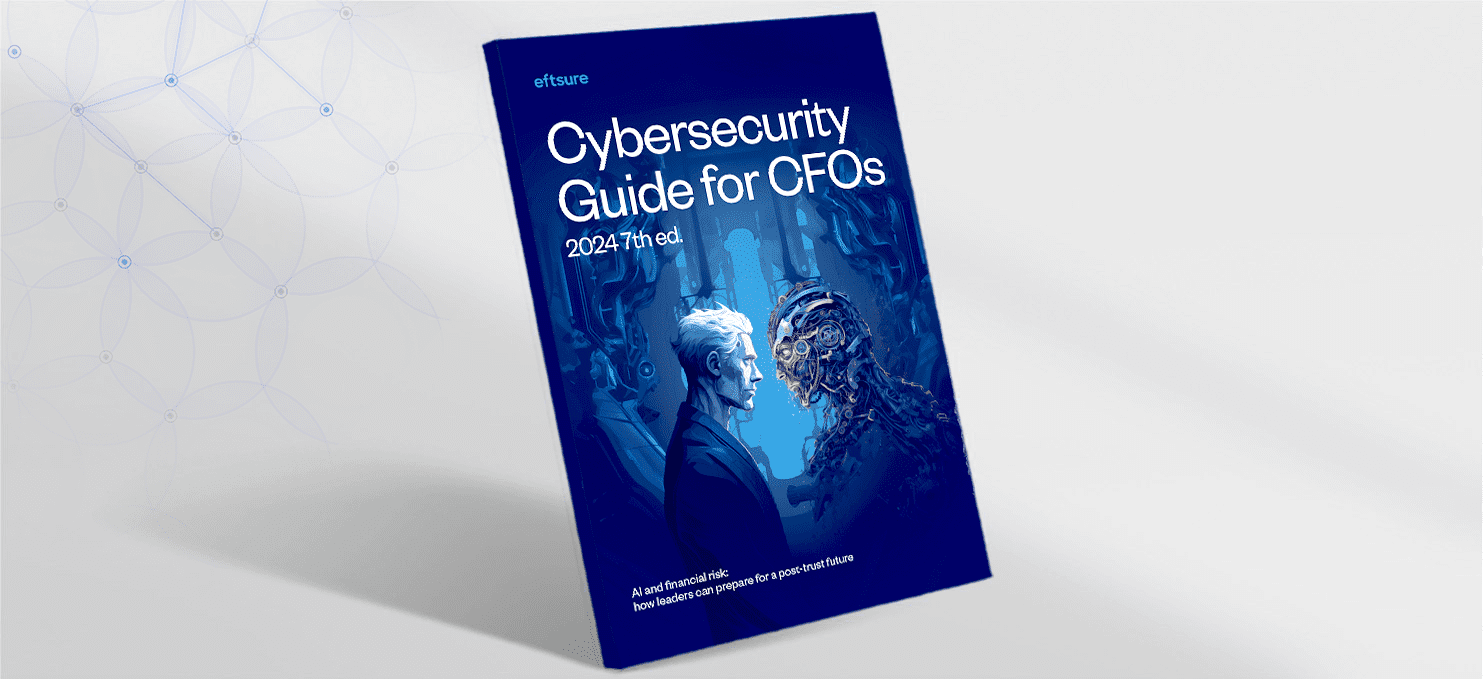A CFOs Guide to ACH Payments
In recent years, the banking industry has undergone significant transformations that have changed how we manage our finances. The shift from traditional …
Every day, we’re asked to prove we are who we say we are online. From making payments to accessing our email, we’re required to validate our identity with regularity. Often, this is done via a password; however, using multiple methods of authentication is increasingly common practice.
Two-factor authentication (TFA) and multi-factor authentication (MFA) enable further layers of verification to be added to access an account or complete a transaction. This can typically take the form of a token (from an authenticator app), a request to answer additional security questions or SMS, email, or push notification messages asking you to confirm your identity.
Biometric verification is just one way to add a layer of security, and many of us will be familiar with some biometric verification techniques – fingerprint or voice recognition, for example. In theory, using biometric verification is a strong tactic to ensure an individual is who they say they are – after all, you’re requiring credentials that are unique to the individual you’re verifying.
However, artificial intelligence (AI) has created numerous opportunities for cybercriminals, meaning that biometric verification, unfortunately, isn’t foolproof.
Used correctly, however, biometrics can still be an effective and important element of an overall authentication process. Here’s what you need to know.
Quite simply, biometric verification – or biometric authentication – uses an individual’s unique biological characteristics or behavioural traits to help verify their identity.
There are a few different examples of biometric authentication methods, all of which capture information that is unique to the individual. These can include fingerprint recognition, facial recognition, iris recognition, voice recognition, DNA matching and even vein scanning.
Behavioural biometrics, meanwhile, can capture different traits, such as typing patterns or the way you interact with your screen.
In theory, only the person who provided the authentication information in the first place should be able to provide matching credentials – however, AI is compromising the effectiveness of some biometric credentials.
During the sign up or onboarding process, biometric data is collected and stored by the organisation. This is then used to authenticate a person online, usually in conjunction with other forms of authentication.
There are a number of benefits to incorporating biometric verification into your security validation process, and given the data stored is unique to the individual, it is a very effective security measure, particularly when it is used in collaboration with another method of authentication.
Unfortunately not! While you may think that using biometric data that is unique to an individual is fail-safe, AI has created opportunities for cybercriminals to create fraudulent biometric information.
For example, AI can be used to generate different fingerprints on a large scale, while it can also be used to clone a person’s voice, making voice recognition authentication susceptible to being hacked. A ‘deep fake’ of a person saying a security phrase could pass many voice recognition authenticators.
A deep fake video of a person’s face, meanwhile, could potentially bypass facial recognition software.
Absolutely. Biometric verification can be an incredibly valuable component of your authentication process – however, that’s what it must be: a component of the process, rather than the whole process itself. By requiring potentially multiple methods of biometric verification, in addition to other security measures, you can reduce the risk of unauthorised access to your systems, and reduce the potential for fraudulent transactions.
Of course, minimising threats requires various solutions and a multi-faceted approach, but by including biometric verification as part of your process, you can give both your organisation and your customers strong reassurance and confidence.
Cybersecurity is ever-changing, and the introduction of widespread use of AI has created a whole new raft of threats that businesses need to be aware of and protect themselves against. And as threats evolve, strategies need to evolve with it.
After all, as well as the financial and logistical implications of a successful attack, the reputational repercussions can be enormous, too.
A multi-faceted cybersecurity strategy is needed to counterbalance the new risks we face today – and biometric verification can be a crucial part of that strategy.

In recent years, the banking industry has undergone significant transformations that have changed how we manage our finances. The shift from traditional …
Faster payments are part of our every day – but cybercriminals are exploiting the system. Discover how you can reduce the risks in your business.
Tired of yet another unwanted message in your inbox? Here’s how to reduce spam emails and text messages.
End-to-end B2B payment protection software to mitigate the risk of payment error, fraud and cyber-crime.